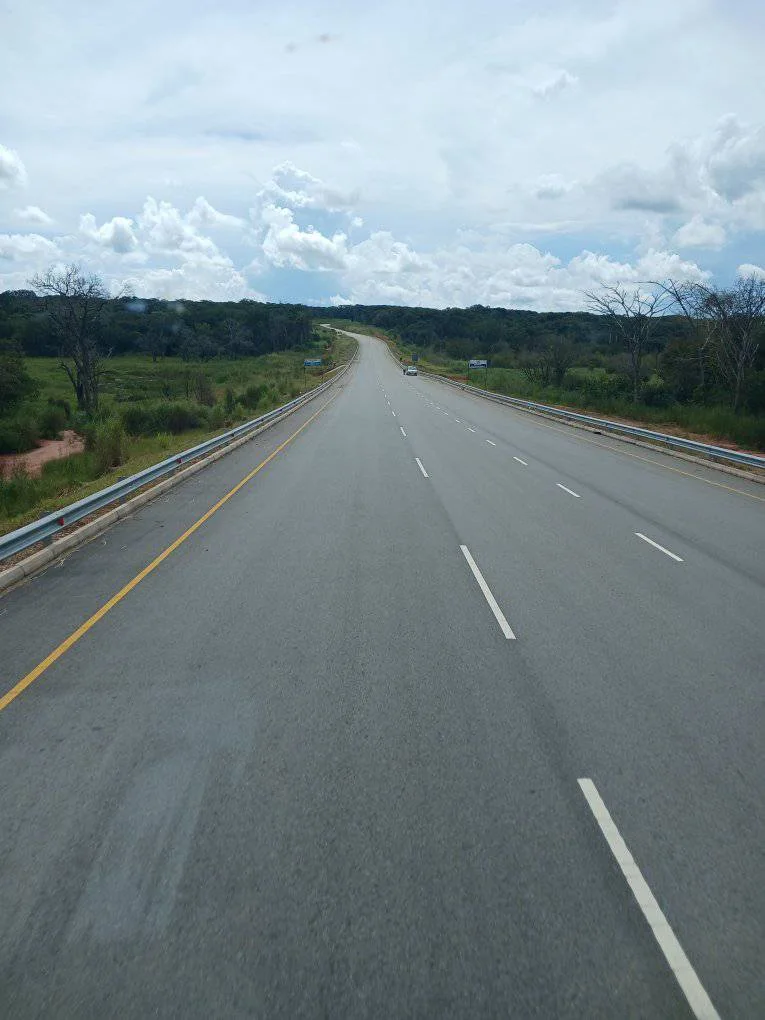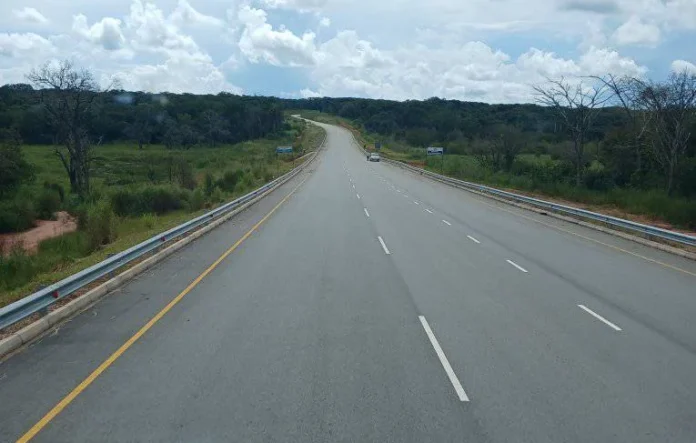As South African truckers often get loads going to Tanzania, there is a need for them to be aware of the shared centre lanes infamously referred to as ‘suicide lanes’.
Navigating the roads of Tanzania can feel like stepping back in time, especially when you find yourself on one of these three-lane two-way highways.
These roads have a centre lane open for overtaking traffic from both directions, a system that used to be widespread in countries like the UK and France.
Known as “suicide lanes,” their reputation for danger is well-earned.
The Historical Context
Back in the day, three-lane roads were seen as a clever solution to the problem of slow-moving traffic.
With one lane in each direction and a centre lane for overtaking, it seemed like an efficient way to keep traffic flowing.
But as traffic volumes and speeds increased, so did the risks.
By the late 1960s, these roads were scenes of frequent and often fatal head-on collisions. Drivers in the centre lane would approach each other at combined speeds of up to 220 km/h, overtaking vehicles moving only slightly slower, making for a lethal combination.

Why They’re Dangerous
Head-On Collisions: The primary danger of these roads lies in the potential for head-on collisions. When two vehicles use the centre lane simultaneously for overtaking, the result can be catastrophic.
Misjudged Overtaking: Drivers often misjudge the speed and distance of oncoming traffic, leading to risky overtakes that end in disaster.
Lack of Clarity: With no clear demarcation of which direction the centre lane belongs to at any given moment, confusion reigns supreme. This lack of clarity increases the chances of accidents.
Modern Solutions
Recognising the dangers, many countries have restructured these roads. Here’s how:
Widening or Dual Carriageways: Converting these roads into dual carriageways with a central divider has been a common solution.
Two-Lane Roads: Some roads have been relaned to have just two lanes, sometimes incorporating a partial centre lane for one-direction overtaking or crawler lanes on hills.
Wider Shoulders: Adding wider shoulders gives drivers a safe space to move into when overtaking, reducing the need to use the centre lane.
Hatched Centres: Using hatched markings in the centre lane discourages its use for overtaking and improves overall safety.
Protected Turn Lanes: Introducing lanes for turning off across oncoming traffic provides a safer way to exit the main flow of traffic.
The Situation in Tanzania
Despite the known dangers, some of these three-lane roads still exist in Tanzania.
As truckers, we need to be particularly vigilant. Always assume the centre lane is occupied and avoid using it unless absolutely necessary.
Stick to overtaking in designated zones and stay aware of oncoming traffic.
“Suicide lanes” are a relic of a bygone era, a testament to how far we’ve come in road safety. While they might still exist in places like Tanzania, it’s crucial to approach them with extreme caution.
Modernising these roads could significantly reduce accidents, but until then, we must navigate them with the utmost care. Stay safe out there, truckers!


